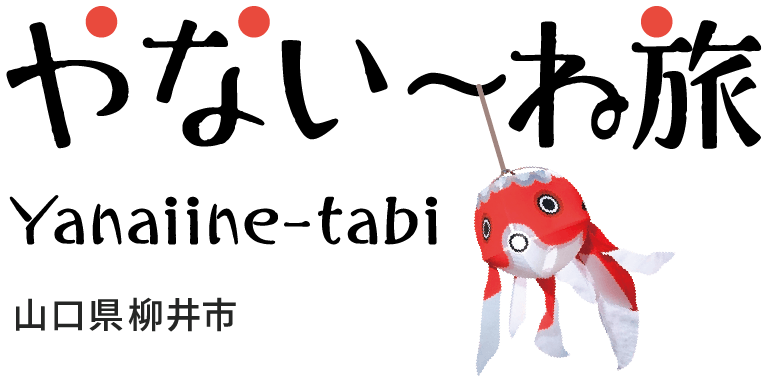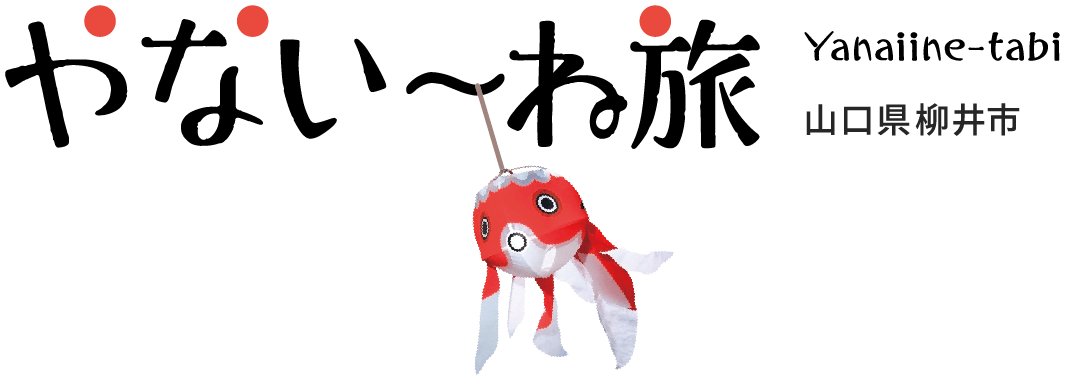Yanai’s traditional folkcraft from Edo period (17th-19th centuries)
Kumatani Rinzaburo, a highly successful merchant of Edo (former name of Tokyo), invented this lantern inspired by Nebuta ornaments found in Aomori Prefecture.
Made of washi-paper and bamboo framework, painted with the same dyeing material as Yanai-jima textile, they were hung out outside as guiding lanterns to help the ancestors’ spirits to come back home during Obon period.
Today, the town holds a Yanai lantern festival on the 13th of August every year.
The fantastical look of swinging goldfish lanterns along white-walled streets in the evening during early August is a typical image of summertime in Yanai.
Enjoy the sight of the unique seasonal “kingyo chochin” (goldfish lanterns) that appear in the Shirakabe historical district.
Please see here for a guide to seasonal “kingyo chochin”.
In addition, Yanai currently holds an exchange with Hirosaki City in Aomori Prefecture, featuring “kingyo chochin” and “kingyo neputa”.

■ “Kingyo neputa” of Hirosaki City, Aomori Prefecture
“Kingyo neputa” are goldfish-shaped lamps said to be based on the motif of “Tsugaru Nishiki”, a species of goldfish bred in Tsugaru Domain in the Edo period,
and are a vital part of the Neputa Festival.

■ “Hirosaki neputa” created through the exchange program between Yanai City and Hirosaki City
The motif of the artwork on the festival float is “Kumagai Rinzaburo crafting a kingyo chochin”.


























